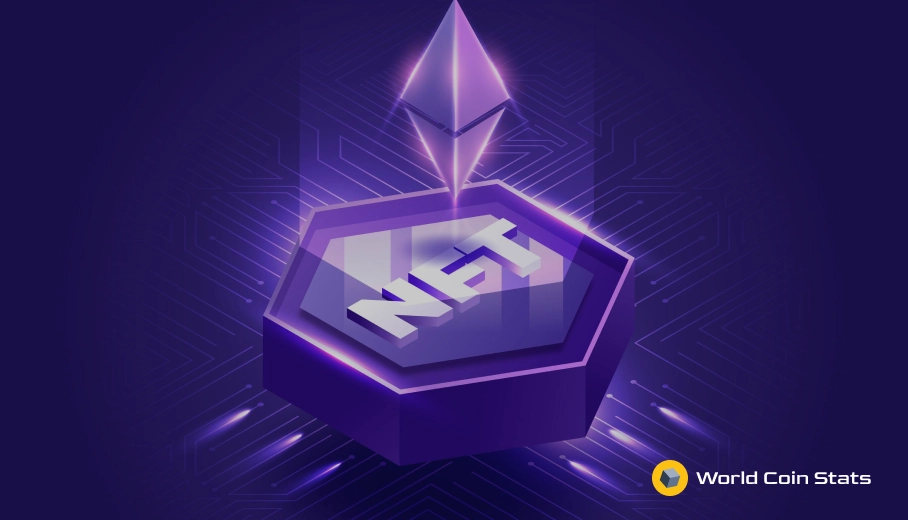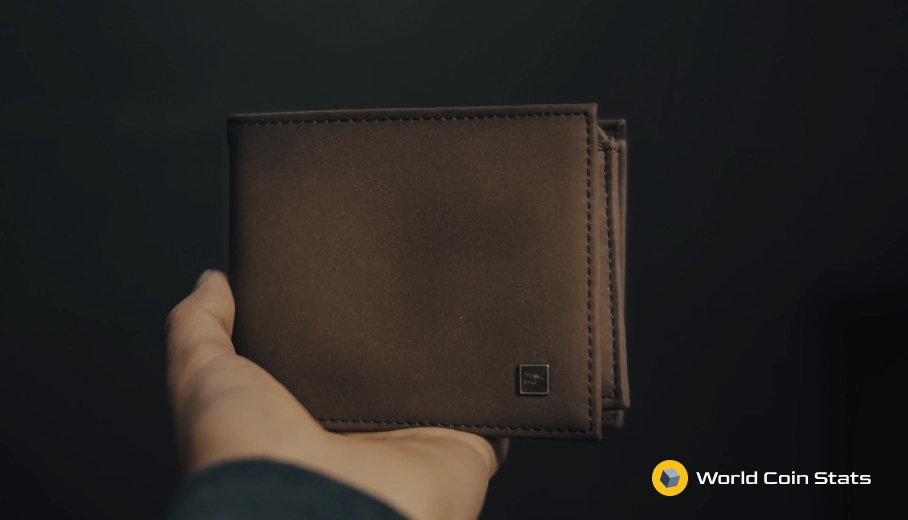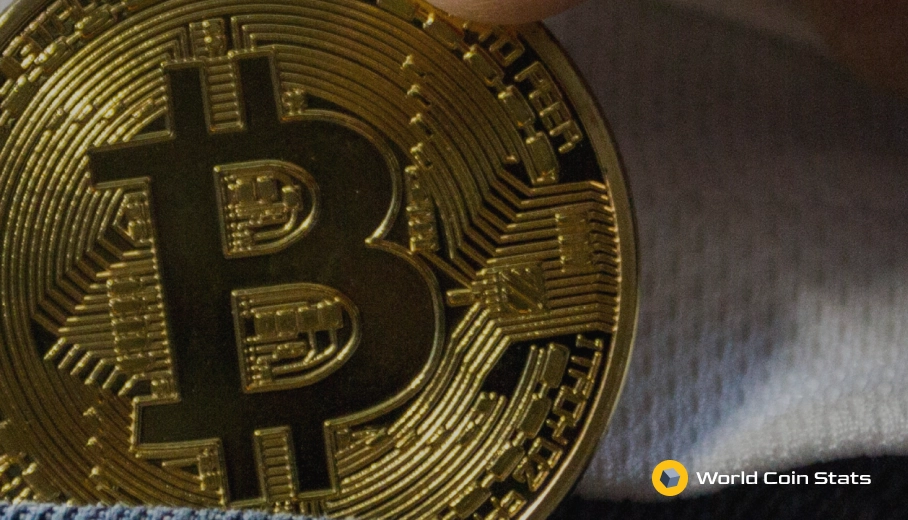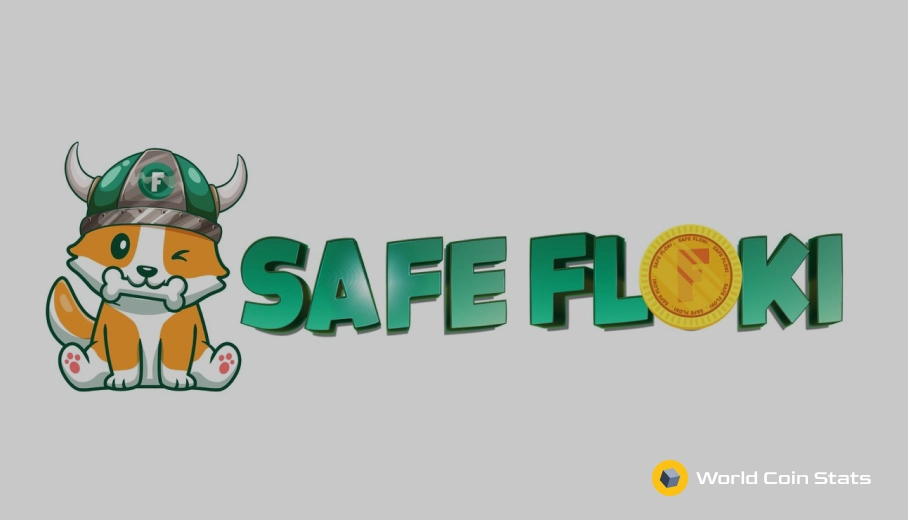Non-Fungible Tokens
There is a narrative that is easier to understand than the Bitcoin one and that is the Non-Fungible Token narrative. There is grounds for this affirmation as almost everybody has been exposed to the trading of cards, totems or collectives of some kind. Even if you weren’t the kid who was trading soccer cards or role playing cards with other kids at school (what were you doing?), I’m sure you noticed this trade.
Well, kids trade cards because they want to collect them and, of course, the cool part of this endeavour is getting to complete the collection which seems like an easy enough task until you set out to complete it. If you do, you’ll find that there are cards which you find everywhere and cards that are very hard to come by. Obtaining these precious cards is the interesting part of this game.
What makes NFTs appealing?
It comes down to scarcity. For a collectives card game to be interesting, there have to be some cards that are hard to find, that is, not every card is the same but they are exchangeable. You would not trade your scarce card against a common one but you may trade it against a stack of common ones if you think this trade will help you get a different “difficult” card. Now, if blockchain is good at one thing it is programming scarcity. This is why NFTs are relevant to an investment blog such as this one.
NFTs, thus, are tokens that are not fungible like BTC or ETH tokens are. In most cases, users don’t care which BTC token they are receiving and this is because they are fungible. However, if you were to go to the museum and buy a piece of art, you would care greatly which one you are paying for. Using a specific type of token we can create a variety that cannot be replicated, if the token represents a painting, there cannot be two tokens representing the same one. This is what makes them non-fungible and what gives value to them as collectibles.
The origins
The first successful experiment as a collectible game was Cryptokitties, a game of cards representing cats. Each cat was original in its own manner and we had common kitties and not so common ones. Of course, people who were interested in the game began trying to obtain the most original ones and create new species (which you could do breeding any two cats).
At some point in time, this game got so interesting and caught the attention of so many users that fees for using the Ethereum blockchain skyrocketed. This was in 2017 and NFTs have evolved a lot since.
Today, we find a NFT sector in which different kinds of companies operate. We have:
Individual NFTs and Collections
These are the ones we have been discussing until now, as they are the easiest to comprehend. We could add art to this bucket, though. Pieces of art or representations of the same could live in the blockchain as well and be traded. Knowledgeable users with an innate ability to judge art or collectibles and purchase pieces from digital artists who eventually become popular down the road could greatly benefit from this trend. As well as artists who would find another venue to monetize their work.
NFT Financial Products, Derivatives, and Indexes
Speculation reigns as the de facto use case for crypto. The financialization of NFTs will be inevitable, so naturally, DeFi will also capitalize on the non-fungible token standard. One breakout use case has been with regards to Yinsure insurance contracts that represent unique term lengths and ETH/DAI amounts underwritten by Nexus Mutual.
Trading these NFTs could be somewhat problematic due to their non-fungibility, protocols like NFTX’s PunkFund are already working on ways to alleviate this issue. In the coming years (or months) we could see indexes and derivatives of NFTs that combine cash flows from digital art royalty sales or perps that represent NFT-based tokens.
Platform-Based Governance Tokens
Governance tokens for NFT related platforms (Rarible’s RARI token) will eventually hold claim to fees from the platforms they govern. In RARI’s case it will manage a percentage of the fees from Rarible’s marketplace. Axie Infinity’s anticipated governance token will similarly control the Axie Marketplace and its fees. The value of these tokens will be determined by the token holder revenue from fees, plus value-added from other governance duties, and likely some multiplier that accounts for the potential of the platform to capture additional revenue in the future.
NFT Related Social Tokens
Social currencies – tokens representing individuals and human capital – are interesting value mechanisms enabled by crypto. Two of the top social tokens, by popularity and market cap are WHALE and COIN.
It’s quite easy to imagine a near future where a gamer issues a social token backed by prize money they win for competing as well as a vault of assets they obtain from playing games.
NFT Platforms and Infrastructure
Currently, marketplaces face the greatest amount of competition with several teams building NFT marketplaces for specific niches. AsyncArt, KnownOrigin, MakersPlace, and SuperRare all compete in the curated digital art marketplace niche. More broadly, OpenSea acts as an open marketplace for all types of NFTs, including tokenized insurance.
What lies ahead?
Moving forward, there will be a shift towards focusing on protocols that provide the greatest
value creation for users. Platforms or protocols that provide exclusive experiences and reward early contributors will continue to expand their communities. Revenue streams may not be essential for community growth in the short term, but eventually, users and investors will favor communities that distribute monetary value to users.
This is a sector moving at a high pace towards the unknown. It is impossible to predict at this stage what the future will be like but there is a strong argument that NFTs will become a big part of the crypto ecosystem. Those who decide to participate early will reap the largest rewards.




